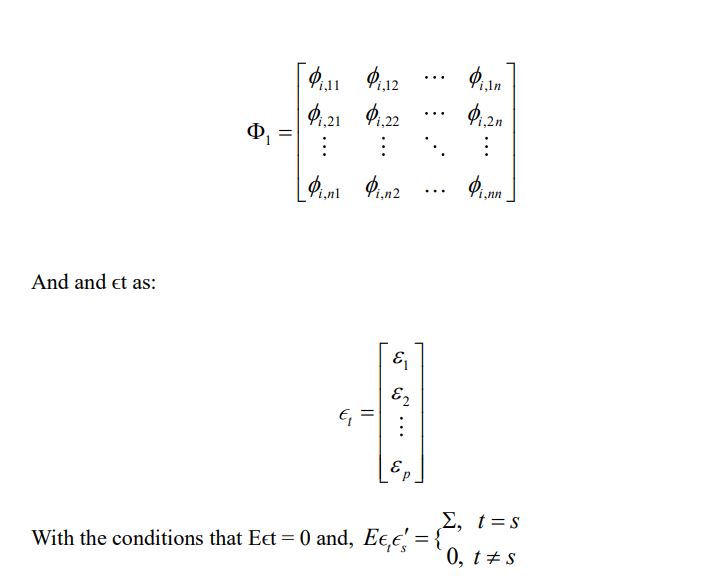A Comparative Study of Different Time Series Forecasting Methods for Predicting Traffic Flow and Congestion Levels in Urban Networks
Main Article Content
Abstract
This research Traffic congestion is a growing problem in urban areas, leading to significant economic and environmental costs. Accurate prediction of traffic flow and congestion levels can help transportation planners and policymakers make informed decisions to alleviate congestion and improve traffic efficiency. Time series methods have been widely used for traffic prediction due to their ability to capture temporal dependencies and patterns in the data. This study aims to evaluate the performance of different time series methods for predicting traffic flow and congestion levels in urban networks. Five commonly used methods were examined, including Autoregressive Integrated Moving Average (ARIMA), Seasonal Autoregressive Integrated Moving Average (SARIMA), Vector Autoregression (VAR), Exponential Smoothing (ETS), and Long Short-Term Memory (LSTM). The strengths and limitations of each method were analyzed based on their ability to capture complex patterns, handle non-stationary data, and provide a measure of forecast uncertainty. Results showed that ARIMA and SARIMA can effectively model seasonal patterns and provide forecast uncertainty, but may struggle with capturing complex nonlinear relationships and sudden disruptions in traffic flow. VAR can capture interdependencies between road segments, but assumes linear relationships and requires a large amount of data. ETS can handle missing data and model trends and seasonality, but also assumes stationary data and may struggle with sudden changes in traffic flow. Finally, LSTM can capture complex nonlinear relationships and handle multiple input variables and time lags, but requires a large amount of data to train and can be computationally expensive.
